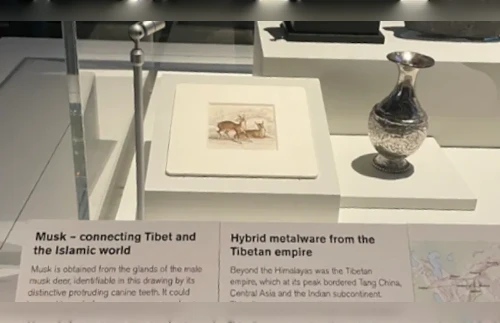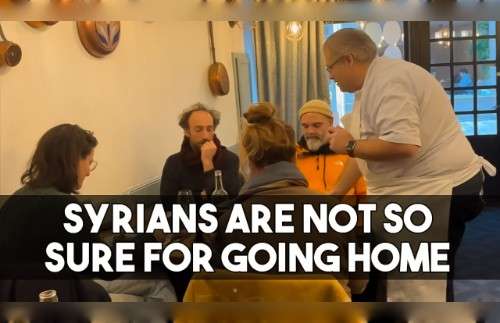
The World Health Organization Director-General Tedros Ghebreyesus, said more than six months into the COVID-19 pandemic, “this is not the time for any country to take its foot off the pedal. This is the time for countries to continue to work hard, on the basis of science, solutions and solidarity.”
In a press conference in Geneva on 8 Jun, Tedros said almost 75 per cent of cases reported yesterday cases come from 10 countries, mostly in the Americas and South Asia. He said most countries in the African region are still experiencing an increase in the number of COVID-19 cases, with some reporting cases in new geographic areas, although most countries in the region have less than 1,000 cases. He added that there was also an increase in the numbers of cases in parts of Eastern Europe and Central Asia.
Executive Director WHO’s Health Emergencies Programme, Michael Ryan, said the epidemic in Central and South America is now “the most complex of all of the situations we face globally” which requires international cooperation and support.
Tedros expressed his encouragement that several countries around the world were seeing positive signs, but warned that the biggest threat to these countries now is “complacency.” He added, “Results from studies to see how much of the population has been exposed to the virus show that most people globally are still susceptible to infection. We continue to urge active surveillance to ensure the virus does not rebound, especially as mass gatherings of all kinds are starting to resume in some countries.”
Addressing the global protests against racism, Tedros said his Organization “fully supports equality and the global movement against racism” and rejects discrimination of all kinds. He encouraged all those protesting around the world to do so safely, and called on protests to keep at least one metre from others, clean their hands, cover their cough and wear a mask if attending a protest.
Maria Van Kerkhove, WHO’s Technical Lead for COVID-19, said it still appears to be rare that an “asymptomatic individual actually transmits onward” adding that the focus should be on following the symptomatic cases. She said, “If we followed all of the symptomatic cases, because we know that this is a respiratory pathogen, it passes from an individual through infectious droplets. If we actually followed all of the symptomatic cases, isolated those cases, followed the contacts and quarantine those contacts, we would drastically reduce, I would love to be able to give a proportion of how much transmission we would actually stop, but it would be a drastic reduction in transmission.”
Ryan said there would be a time “to go back and look at everything we’ve done, everybody at every level from global to national to sub-national, from technical, to political, to scientific, all of the decisions, all of the actions taken at all levels by all players in this response need to be examined; and we need to learn and we need to emerge from this pandemic stronger. But right now, we need to focus the narrative and we need to focus the discussion on what we’re doing now. What are we learning moving forward, and clearly there are many positive lessons to be learned from the experience of many countries. And that’s what we’re focusing on right now, learning what we can, where countries have got it, right where countries have got it wrong.”
~WHO













